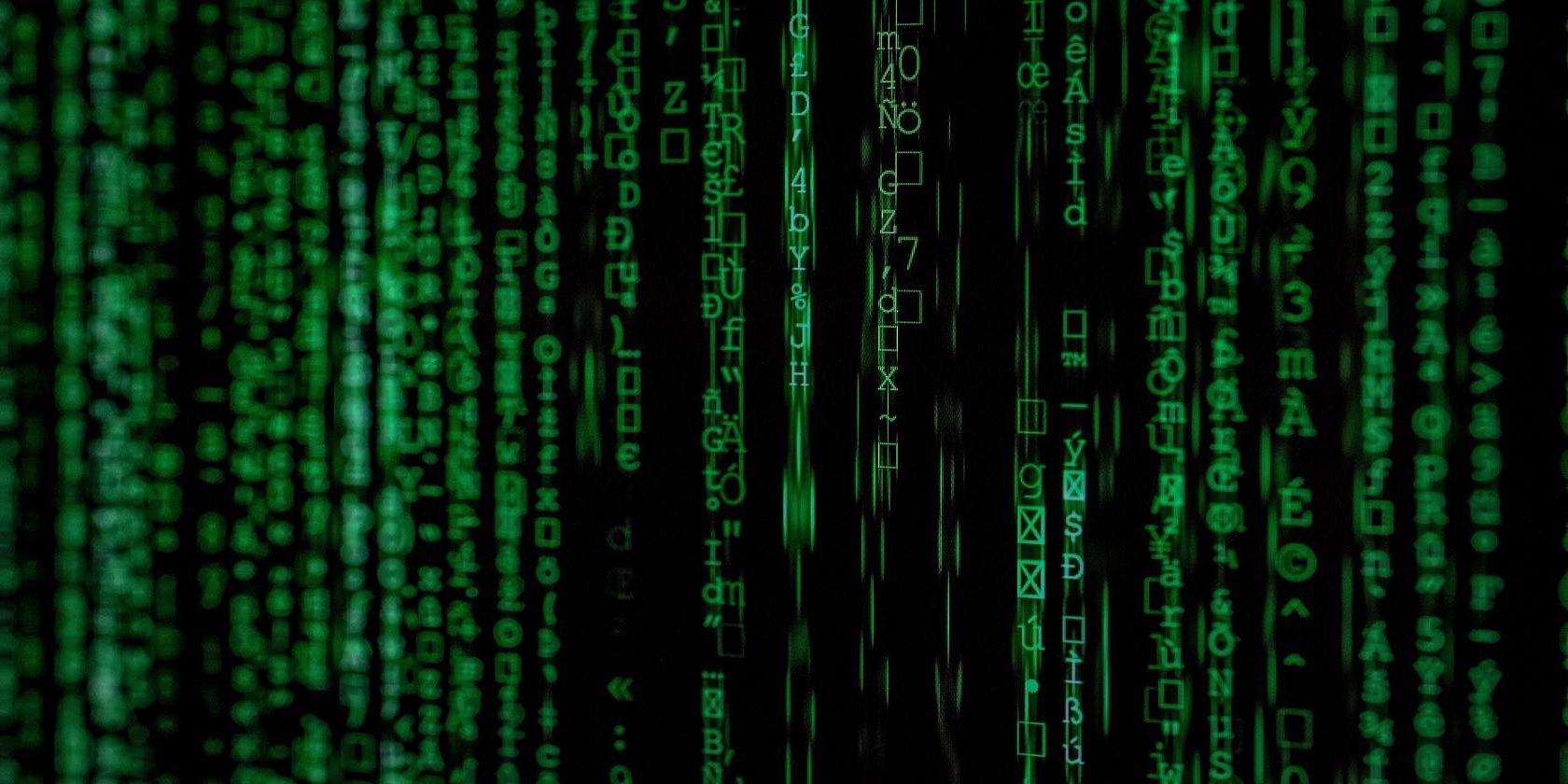Ever heard of countries spying on its citizen, or sometimes on other countries too? Wonder how they manage to do it? Yep, that’s spyware.
So what exactly is spyware? How does it work? And what can you do to protect your PC, laptop, and other devices from this malicious software?
What Is Spyware?
Spyware is a type of malware that is used to steal your sensitive information, and send it to another individual or organization—without your permission.
This malware can also be used to steal your identity. The information that it steals varies; it could range from your bank account details, usernames, and passwords, to even your online browsing activities.
Generally, spyware is used by hostile nation-states, government bodies, or private corporations for keeping tabs on their targets.
It came into the limelight in the tech world around the mid-1990s, when it was mostly used by private corporations to monitor user data for marketing purposes. Since then, as the world has become more interconnected, spyware has become more prevalent, as have types of agents that use it.
In fact, as per a report by MIT Technology Review, there are even legal private businesses involved in providing surveillance services through spyware, that rake in a high amount of profit by tracking journalists and political activists worldwide.
How Does Spyware Work?
Remember that, contrary to a computer virus, spyware does not damage the files, or disrupt the workings of your PC. It’s subtler than that.
The main objective of spyware is to sneakily monitor your information and then relay it back to its creator, or sometimes, a third party. And so, a damaged computer might even be counterproductive to its aim, since that might make you unable to run your system, and in turn, make spyware unable to do what it was designed to do—steal your data.
Spyware infiltrates into a system quietly, disguised as just another bit of healthy software. Other times, when you visit an infected website, it will run a script, which will prompt your browser to download the spyware onto your device.
Historically, this has often been the case with Internet Explorer, a browser infamous for its security loopholes. This made Windows an easy target for all kinds of online threats, including spyware.
Like most security vulnerabilities, spyware infiltration is most likely found in systems running Windows. It could be due to its early design flaws, or maybe an undesirable result of having the biggest market in desktop operating systems, but if you are running Windows, you should be doubly prepared.
For instance, let’s look into keylogging. It is a type of spyware that—as its name suggests—keeps a log of your keystrokes to steal your sensitive data, such as card or bank details, your username, and passwords.
Keyloggers steal the information that you enter through your keyboard, and do so quietly, recording everything you type.
Keylogging is just one variation of spyware. There are many others out there. Now that you know how debilitating spyware can be, let’s look into some possible precautions.
How to Protect Yourself From Spyware
It may be a cliche, but it’s worth remembering that it’s much better to patch up your security vulnerabilities than doing damage control later on.
Here are few ways to keep spyware at bay.
1. Use In-Built Antivirus
If a you are Windows user, use the Windows Defender antivirus.
Previously called Windows Defender, it is a free antivirus tool created by Microsoft that can handle lower-level threats.
If you are running a Mac, you can use XProtect, Apple’s version of Defender antivirus.
2. Don’t Visit Untrustworthy Websites
Strangely, a lot of websites exist only to spread malware (and thus, spyware). The moment you visit such a malicious website, it may covertly install spyware on your PC, either by ads, pop-ups, or by a drive-by download.
Your browser will probably tell you if the site you’re visiting is dubious, notably if it’s missing an SSL certificate, i.e. the URL displays as HTTP instead of the preferred HTTPS.
3. Use Professional Antivirus
A dedicated third-party antivirus is the best way to keep yourself protected from all kinds of online threats, including spyware. Some of these are free security suites, but don’t be afraid to splash the cash on a decent antivirus because it’s your first line of defense.
4. Don’t Open Unknown Emails
After surfing malicious websites, opening or downloading attachments from unknown emails is the second biggest cause of spyware infection.
Delete any and every suspicious email that you get, or at the very least, do not download any attachments.
5. Say No to Torrent Downloads
We get it. Who doesn’t like free and unlimited TV shows and games? What most users aren’t aware of, however, is that their favorite torrent sites are a hotbed for malicious programs like malware, worms, viruses, and other malicious programs.
Ethics and piracy laws aside, you can (and should) save yourself a lot of trouble by avoiding torrent sites.
6. Keep Operating System Updated
Malicious hackers are always looking for new loopholes in computer systems. And so manufacturers periodically release new updates with fixes for common bugs and security vulnerabilities.
If you haven’t updated your operating system for a while, or have the updating disabled, update it now!
7. Downloading Apps From Third-Party Websites
You’ve got to do some creative work, maybe edit a video or an image, and now, you need professional software. Paid software might not be feasible for everyone, so people download free pirated versions from third-party websites.
These free websites, however, also need to make money, so they might install spyware or adware along with the free app to make a quick buck.
Moreover, with so many open-source alternatives for almost all the popular apps, you don’t need to download pirated apps anyway.
Keep Track of Spyware
Spyware is a type of malicious software that tries to sneak into your system, and once there, steals your sensitive data and sends it to its creator.
While there are many ways to remove malicious software such as spyware, it is better to follow proper security measures, and avoid spyware infiltration altogether.
About The Author

